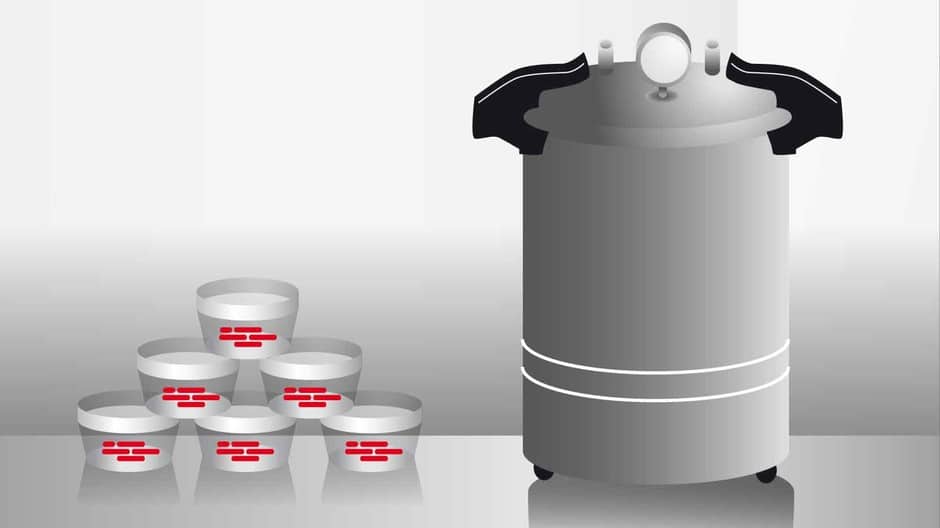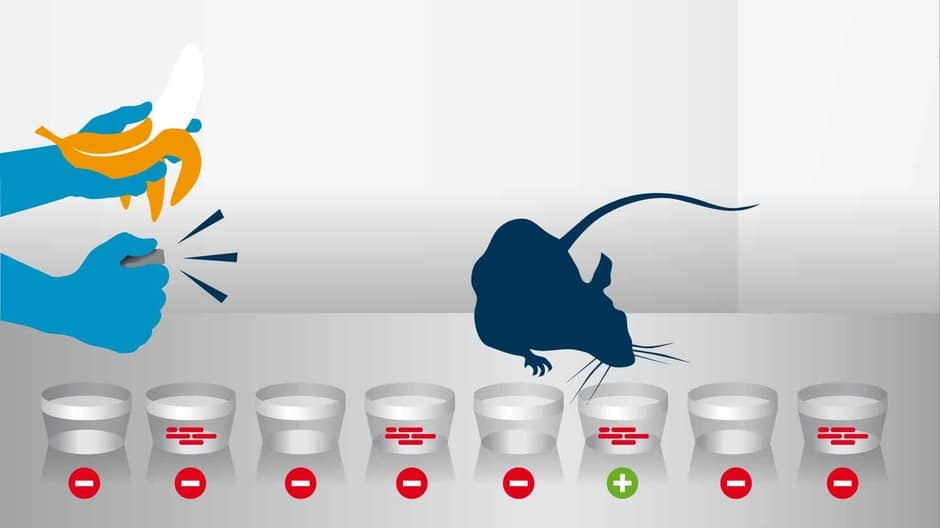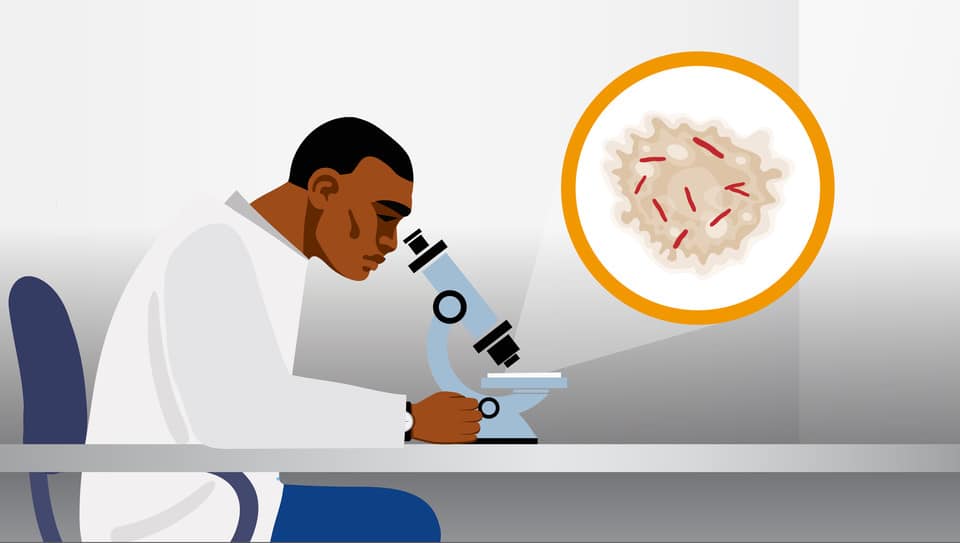TB detection process
Due to their unique speed and sensitivity, the APOPO TB detection rats (HeroRATs) significantly increase the detection rate of people with tuberculosis. APOPO has raised the number of TB-positive patients found by 40% in partner clinics.
Patient tested at local clinic

Patients with signs and symptoms of tuberculosis (TB) leave sputum samples at their local clinic to be checked by conventional microscopy. In some developing countries this method identifies less than half of the actual TB-positive patients.
Sputum sample collection

After clinic testing, APOPO couriers arrive to collect both TB-positive and TB-negative samples.
APOPO’s City Center Laboratory

The samples are transported from clinics throughout the city to APOPO’s central lab for same-day testing.
Samples are made safe

On arrival, the samples are made safe using heat treatment. This ensures that any TB-positive sputum is not contagious for trainers and HeroRATs alike.
TB Detection by HeroRATs

HeroRATs smell all the samples from the clinics. If a partner clinic already confirmed a sample is TB-positive, the rat receives a reward for holding their nose over that known TB-positive sample for 3 seconds. This keeps them accurate and eager to find TB in the samples.
HeroRATs find TB-Positive samples missed by clinics

If the HeroRAT hovers for 3 seconds over a sample marked negative by the clinics, this sample is flagged suspect. One rat can check 100 samples in less than 20 minutes, a task that would take a lab technician at least 4 days.
APOPO Lab confirm rat findings

APOPO’s lab then confirms suspect samples using WHO-endorsed methods.
Patients informed and treated

Finally APOPO reports the results back to the clinic within 24 hours so that patients can be called back in and start immediate treatment.


